The wheels have seized on the electric car revolution in Australia. The marketing hype may have won over some sections of the media but pragmatic private buyers aren't as enthused — and with good reason.
There are a range of unique hurdles to EV adoption in Australia, from the lack of infrastructure in the form of public recharging stations to the limited range, higher initial price of the cars and a lack of government (at all levels) subsidies to help offset the cost.
The single biggest handicap, though, is the fact base-load power continues to be dependent on coal and gas-fired stations. The warm and fuzzy feeling US and European EV buyers get doesn't translate when the power from our wall sockets is sourced from substances that emit more CO2 than burning liquefied fossil fuel. Most "green power" electricity plans involve planting trees to offset the emissions. That's commendable but it is a long-term proposition predicated on the plantations not being scorched in the next wave of bushfires.
EVs
-
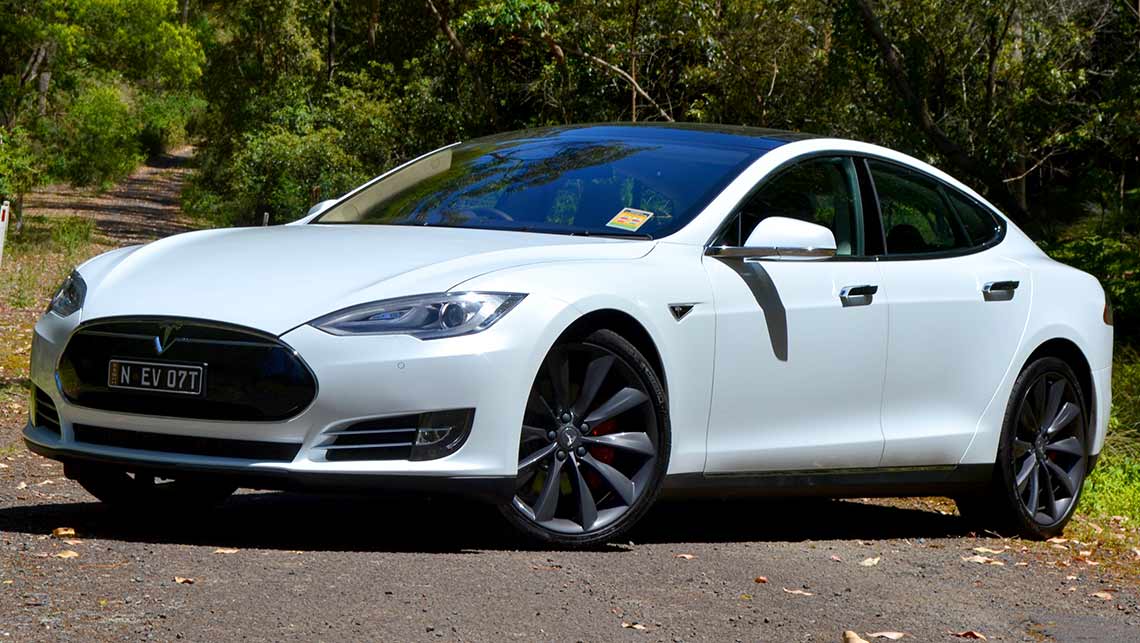 2014 Tesla Model S P85+
2014 Tesla Model S P85+
-
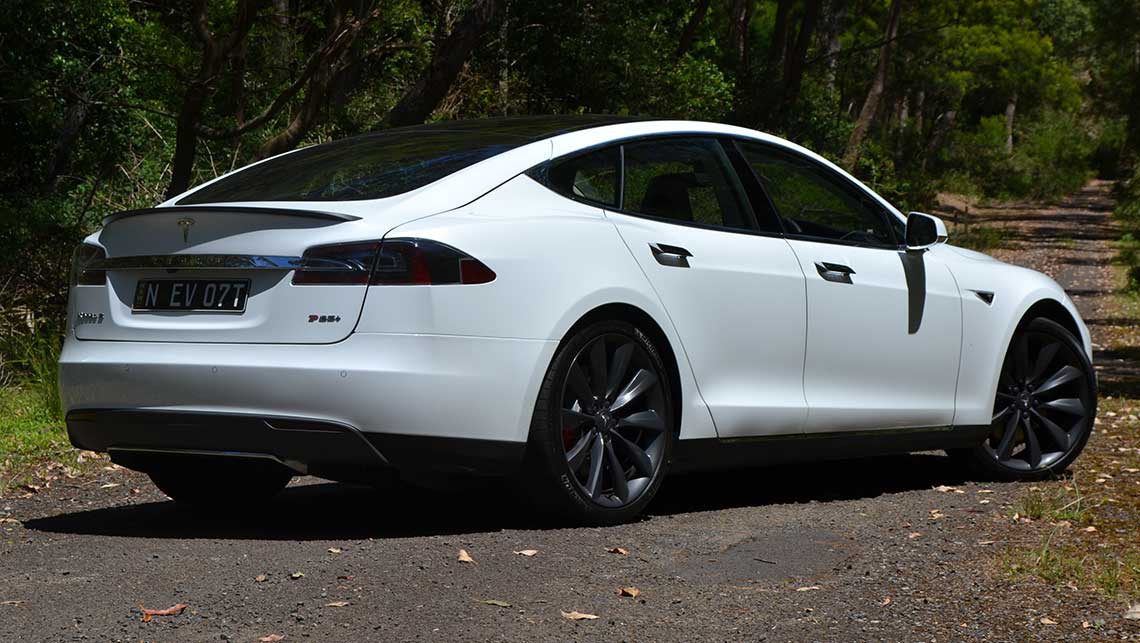 2014 Tesla Model S P85+
2014 Tesla Model S P85+
-
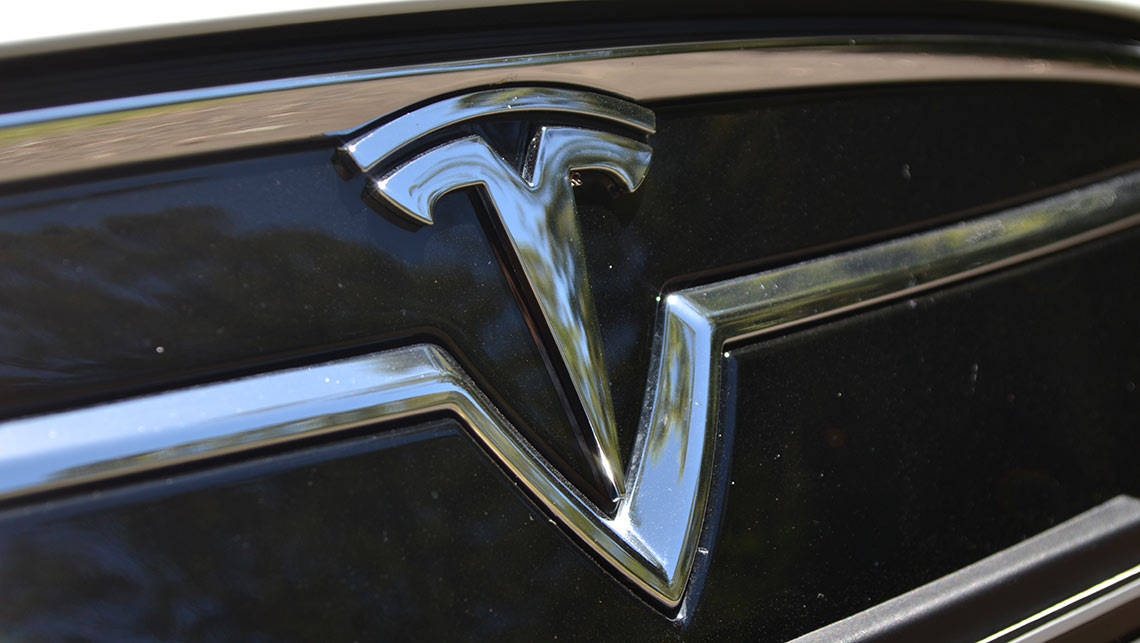 2014 Tesla Model S P85+
2014 Tesla Model S P85+
-
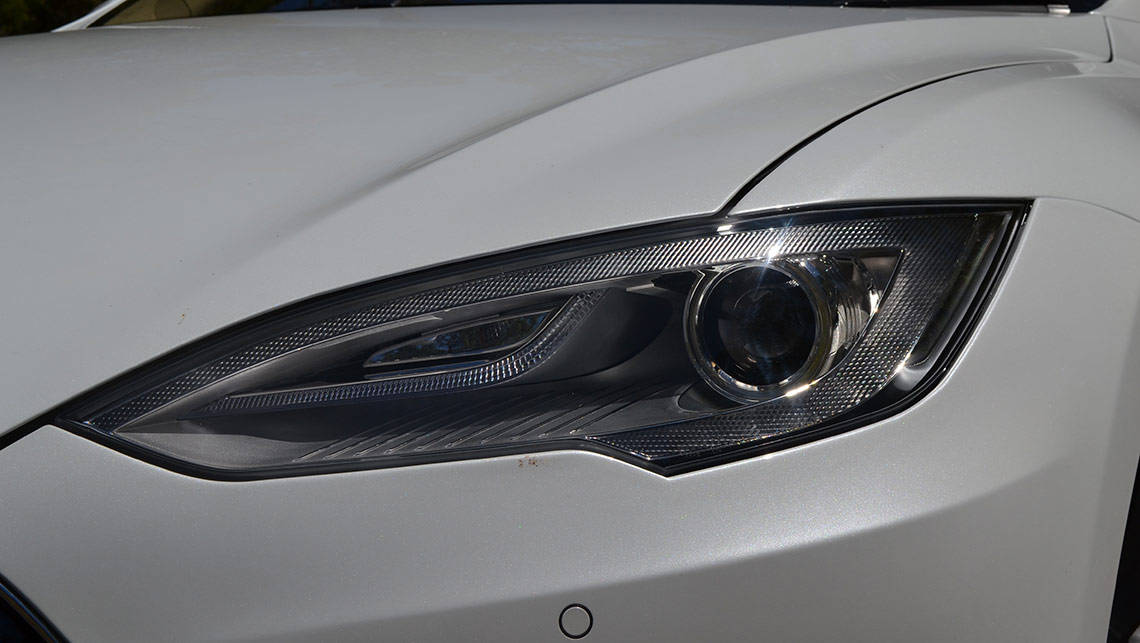 2014 Tesla Model S P85+
2014 Tesla Model S P85+
-
 2014 Tesla Model S P85+
2014 Tesla Model S P85+
-
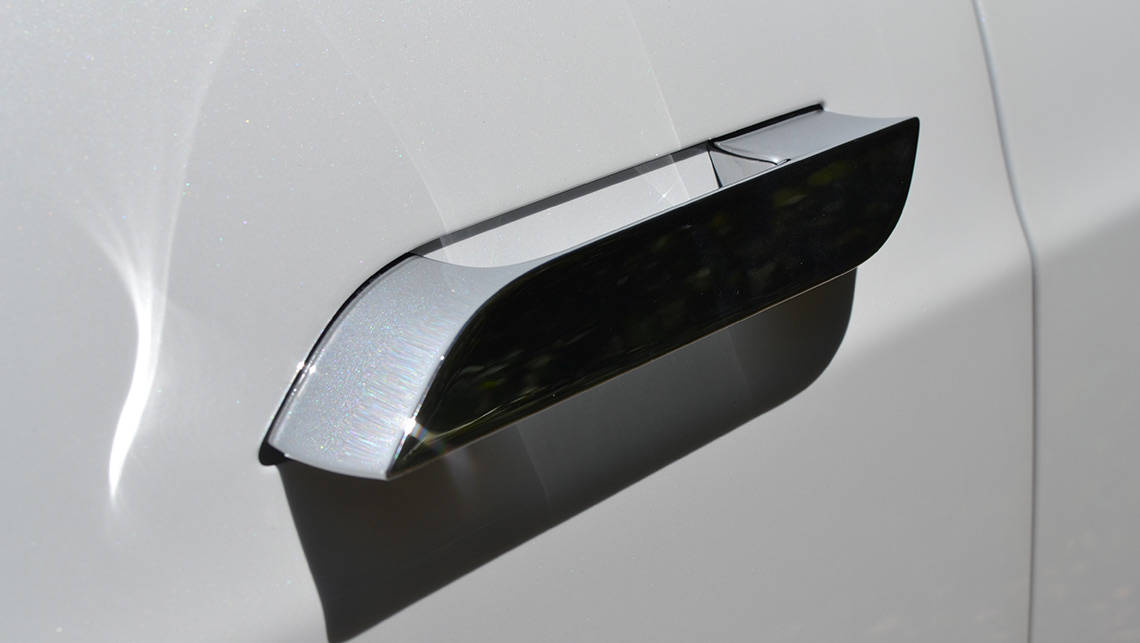 2014 Tesla Model S P85+
2014 Tesla Model S P85+
-
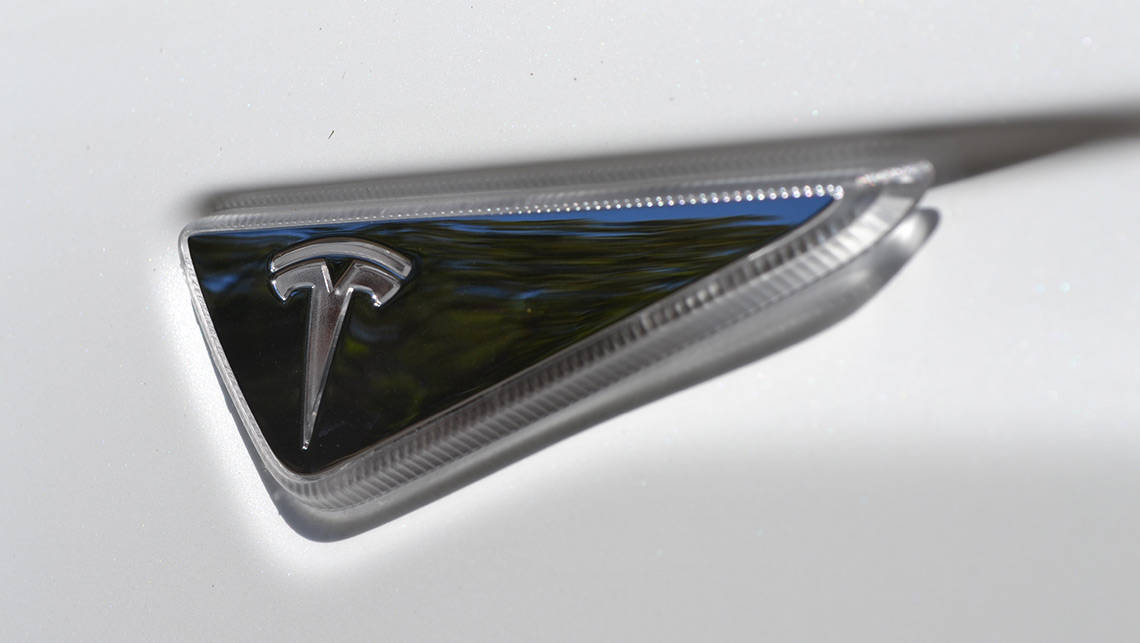 2014 Tesla Model S P85+
2014 Tesla Model S P85+
-
 2014 Tesla Model S P85+
2014 Tesla Model S P85+
-
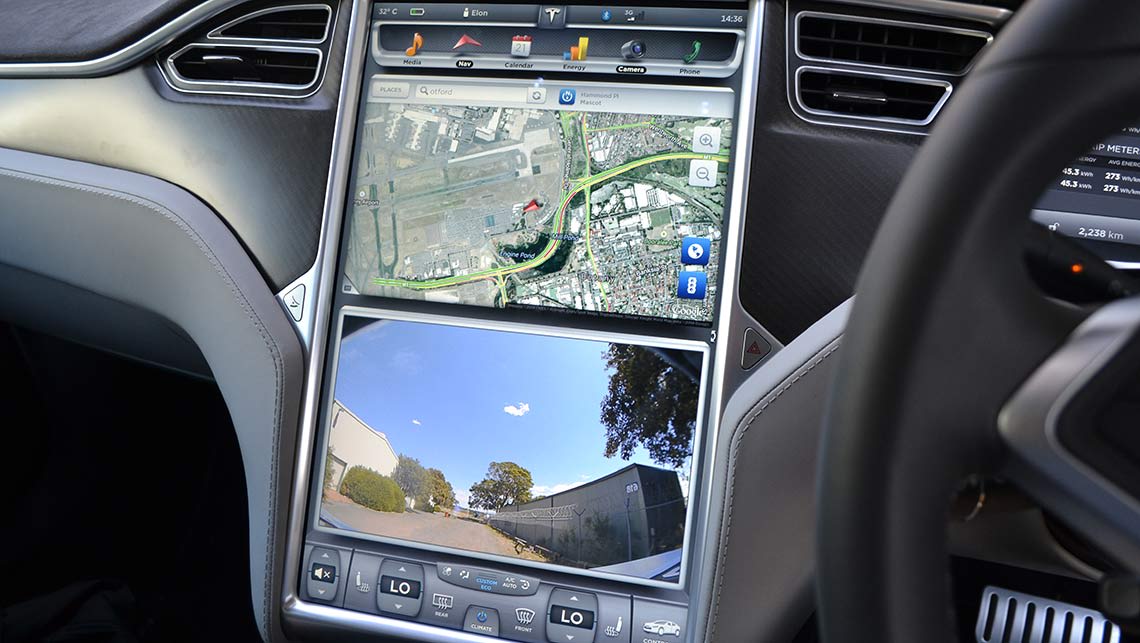 2014 Tesla Model S P85+
2014 Tesla Model S P85+
-
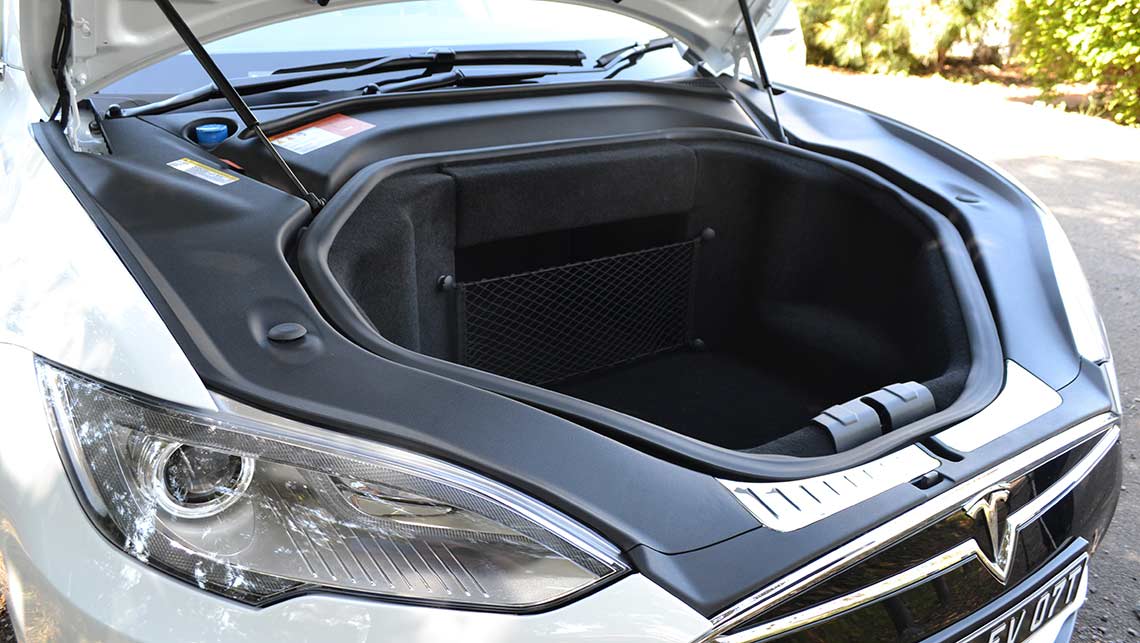 2014 Tesla Model S P85+
2014 Tesla Model S P85+
-
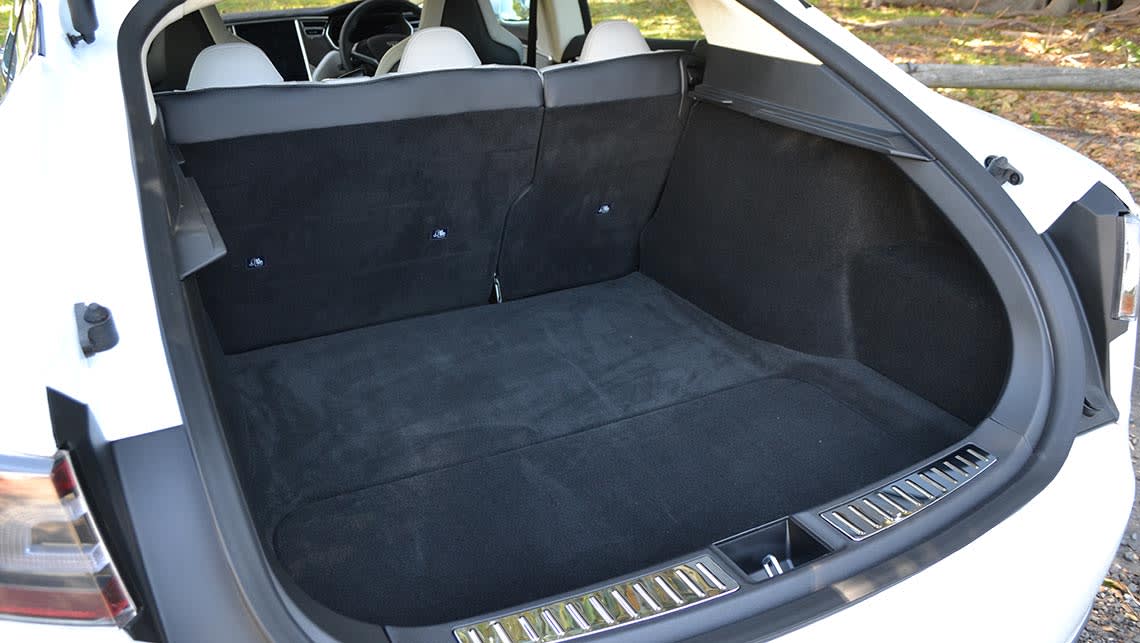 2014 Tesla Model S P85+
2014 Tesla Model S P85+
-
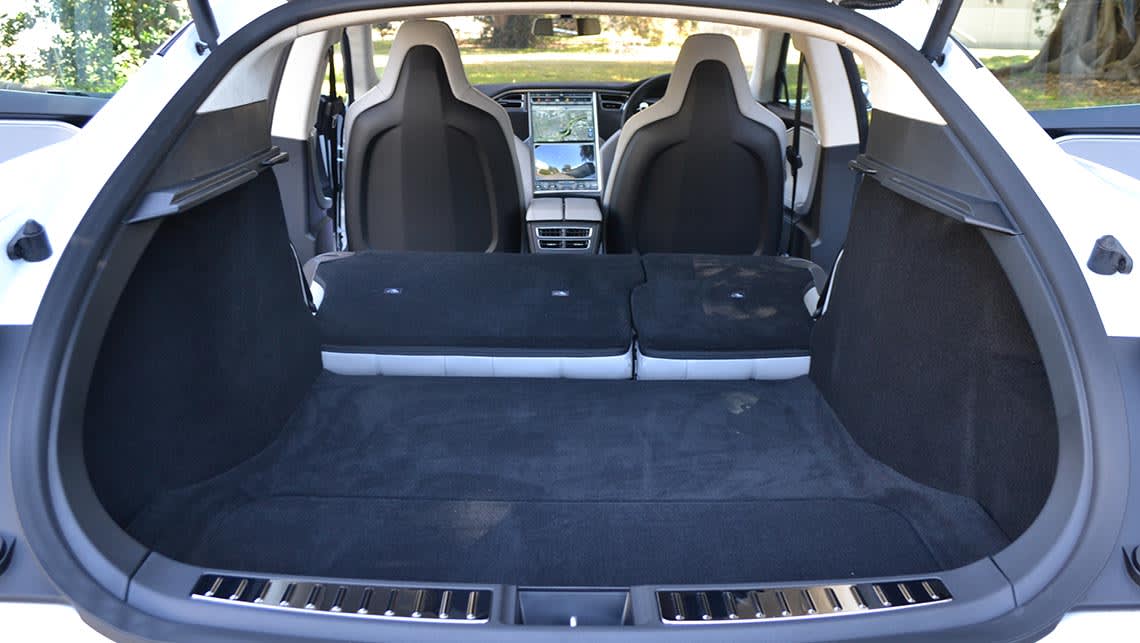 2014 Tesla Model S P85+
2014 Tesla Model S P85+
-
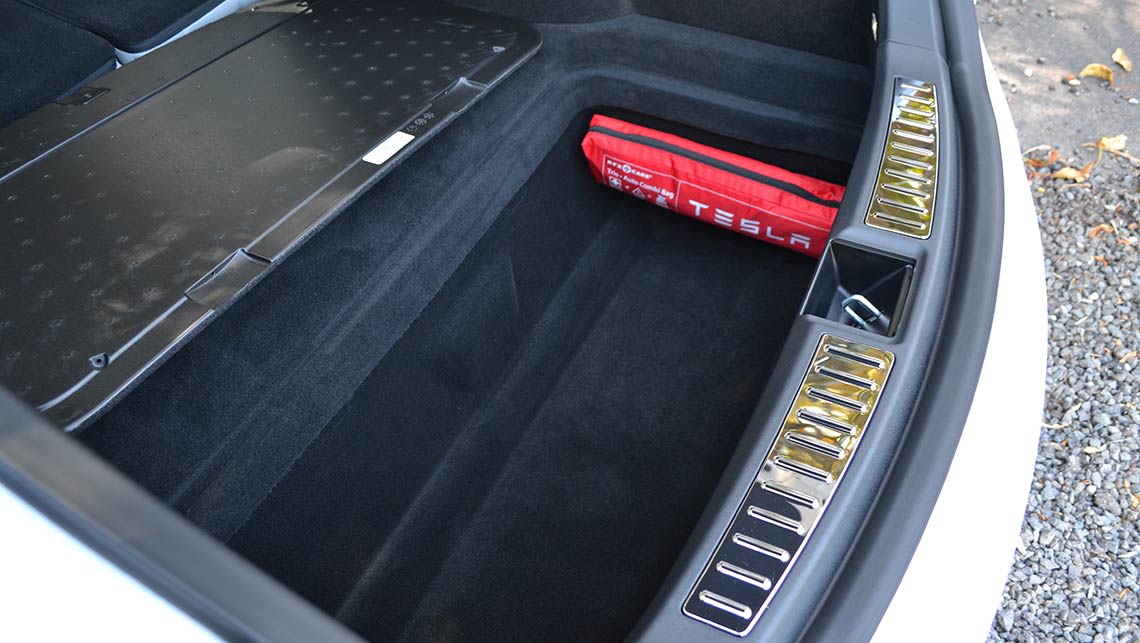 2014 Tesla Model S P85+
2014 Tesla Model S P85+
-
 2014 Tesla Model S P85+
2014 Tesla Model S P85+
-
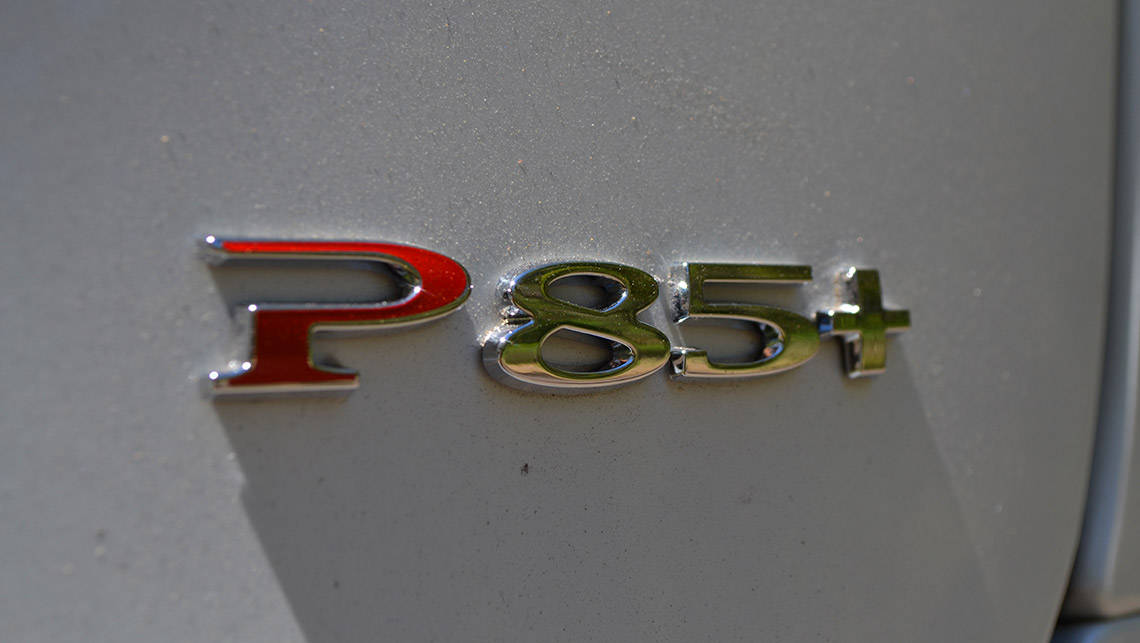 2014 Tesla Model S P85+
2014 Tesla Model S P85+
Just 1130 electric vehicles were sold in Australia last year, and of those, only 321 were bought by private buyers. The overall figure is well up on the 292 cars sold in 2013, but it depends on your definition of electric. The industry's official VFACTS figures include range-extender cars where a petrol engine is used as a generator to charge the battery. As far as CarsGuide is concerned, they're hybrids.
The new BMW i3 is the best of the EV breed (ignoring the $100,000 Tesla) but at $63,900 is an expensive city car. BMW sold 15 to private buyers in the car's first six weeks on sale. Of those only five opted for the pure EV, the other 10 preferring the reassurance of a back-up petrol engine.
BMW spokeswoman Lenore Fletcher says electric cars are viable in Australia, given 90 per cent of the population commutes less than 100km a day
-
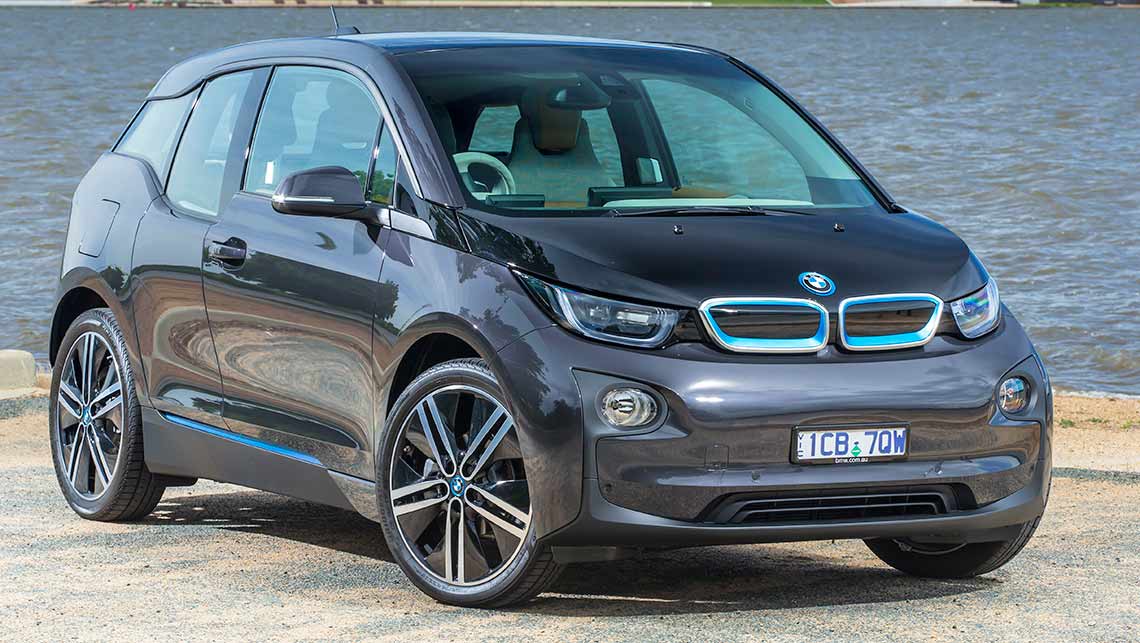 2014 BMW i3
2014 BMW i3
-
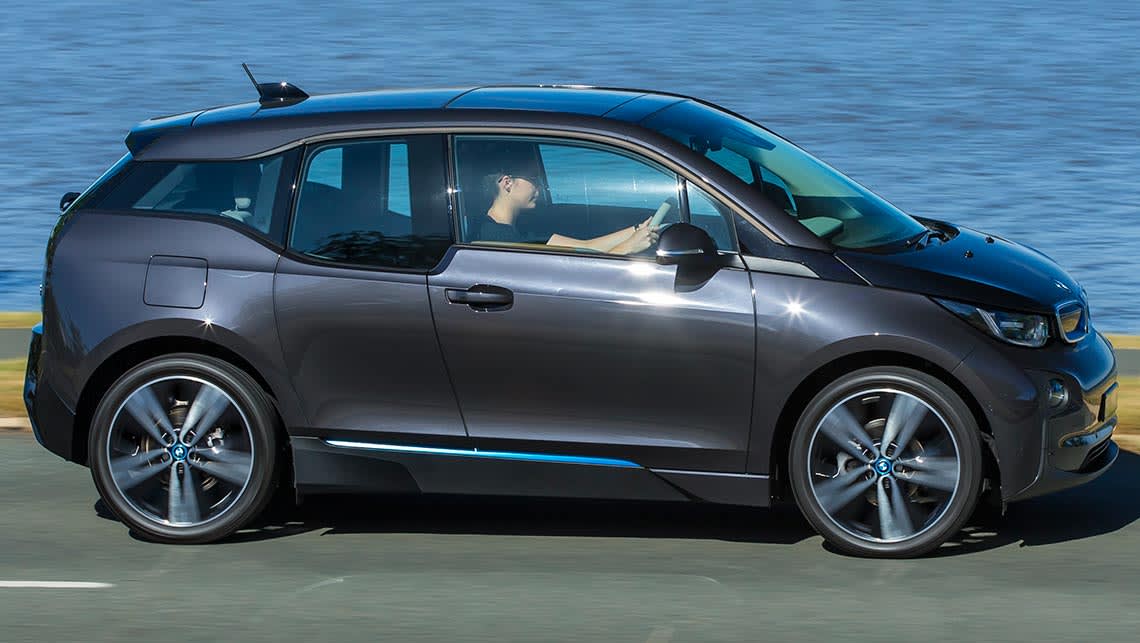 2014 BMW i3
2014 BMW i3
-
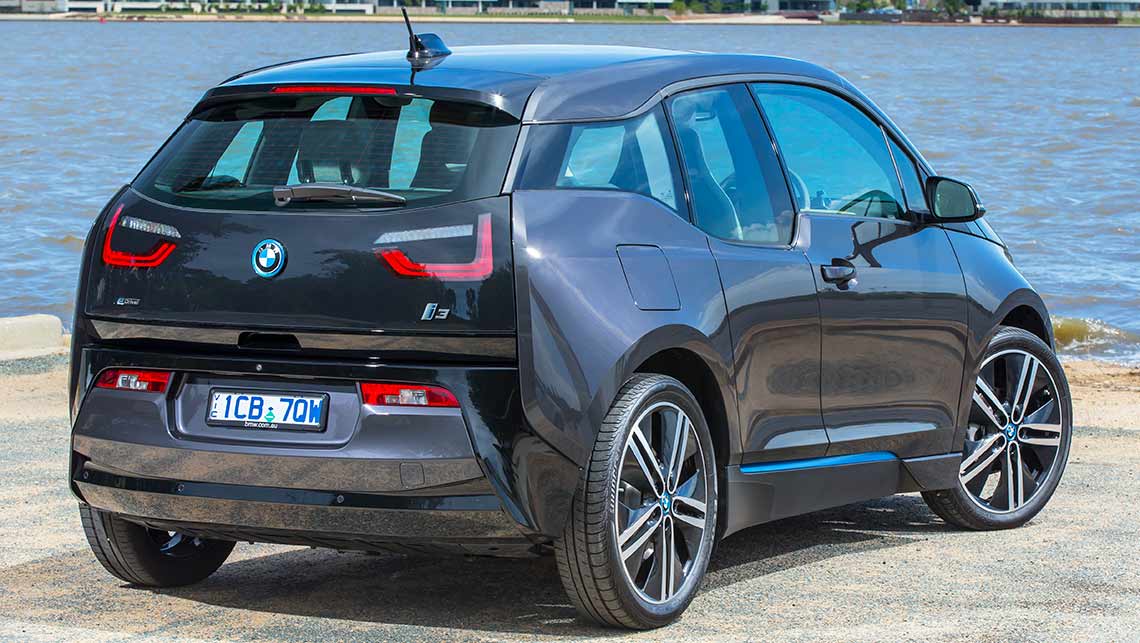 2014 BMW i3
2014 BMW i3
-
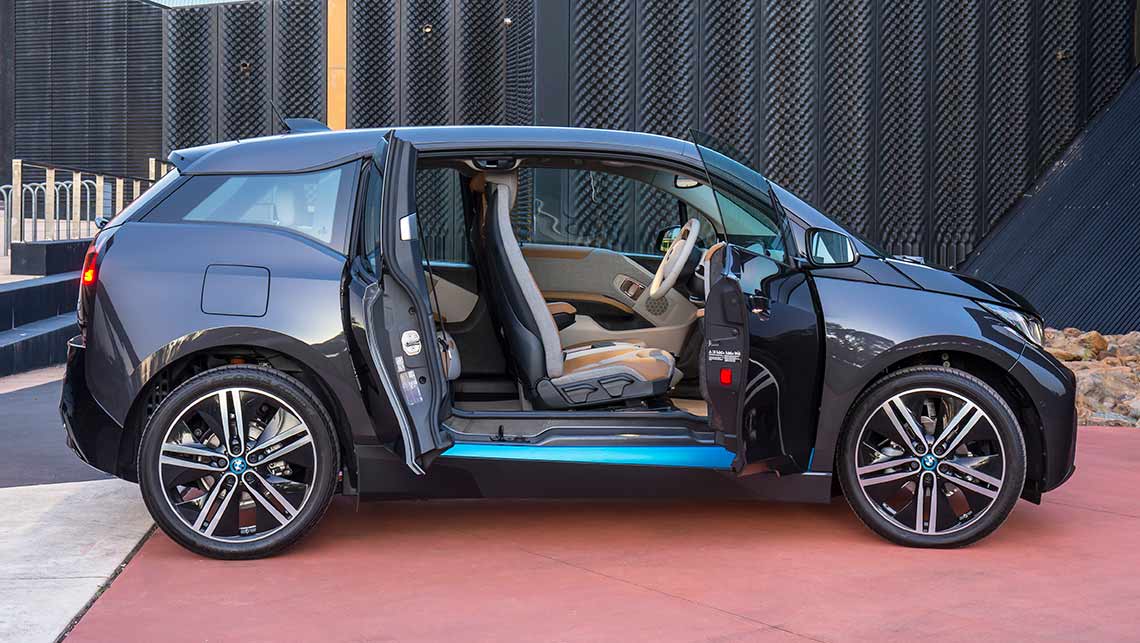 2014 BMW i3
2014 BMW i3
-
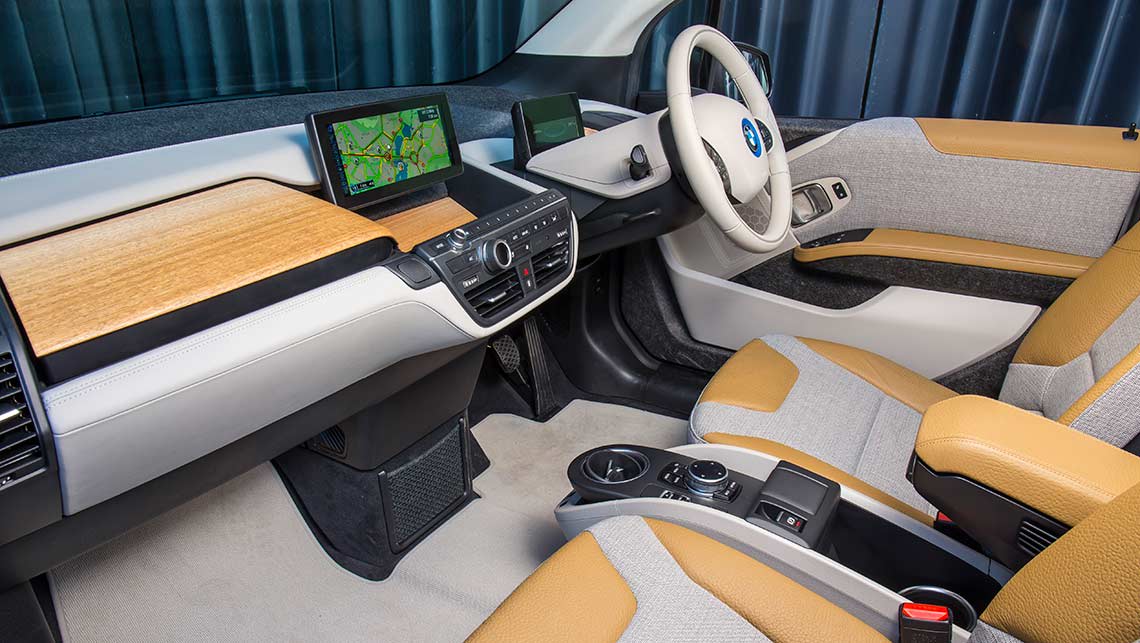 2014 BMW i3
2014 BMW i3
-
 2014 BMW i3
2014 BMW i3
-
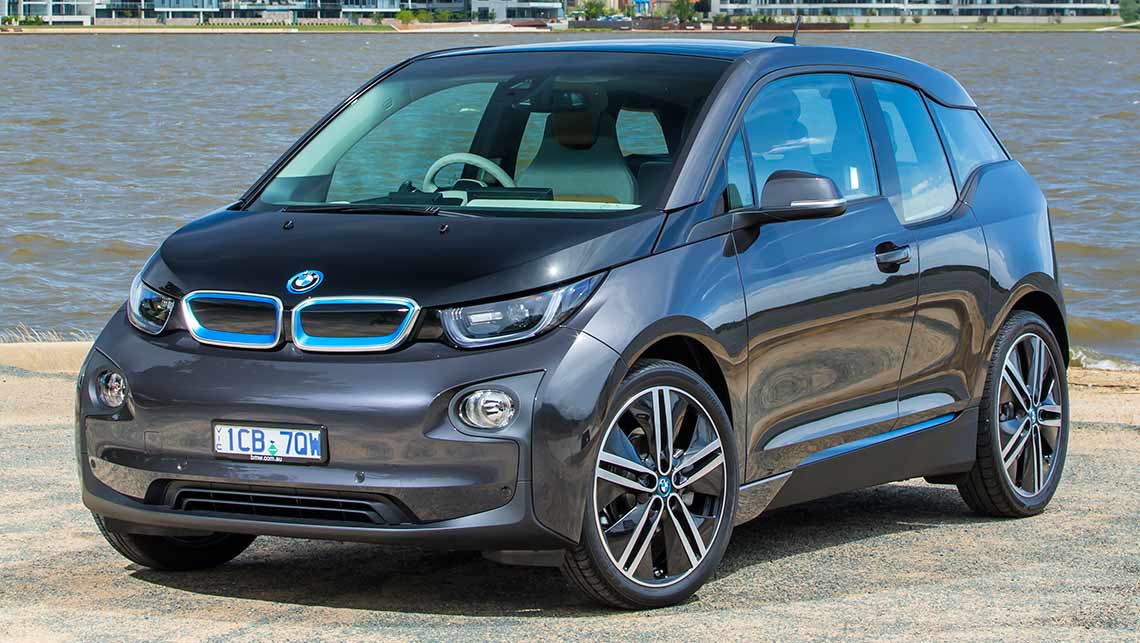 2014 BMW i3
2014 BMW i3
-
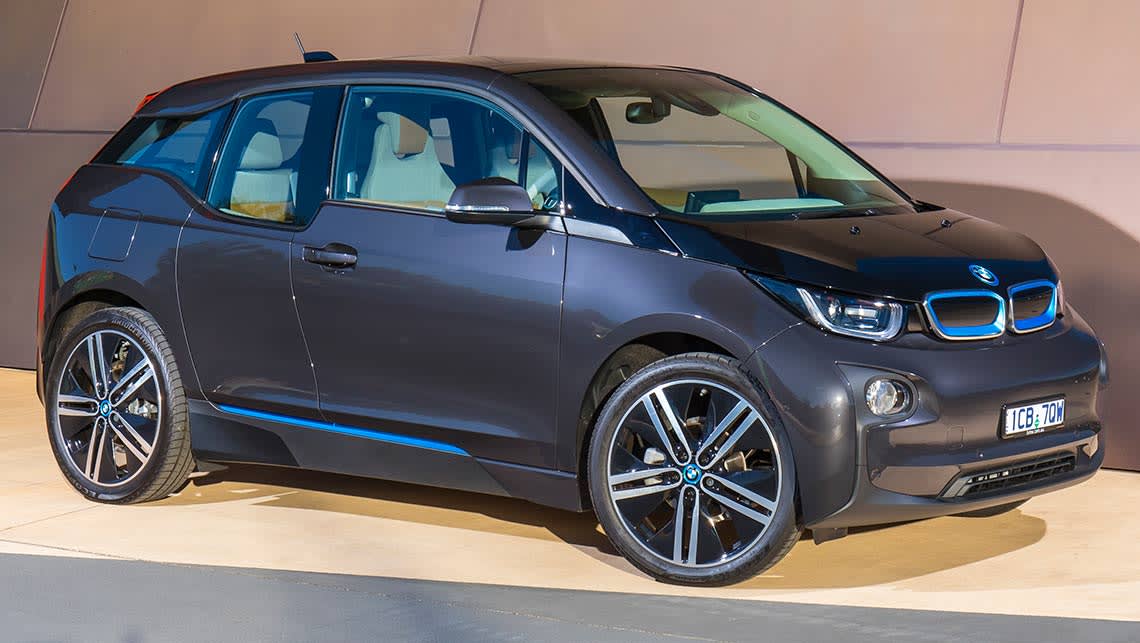 2014 BMW i3
2014 BMW i3
-
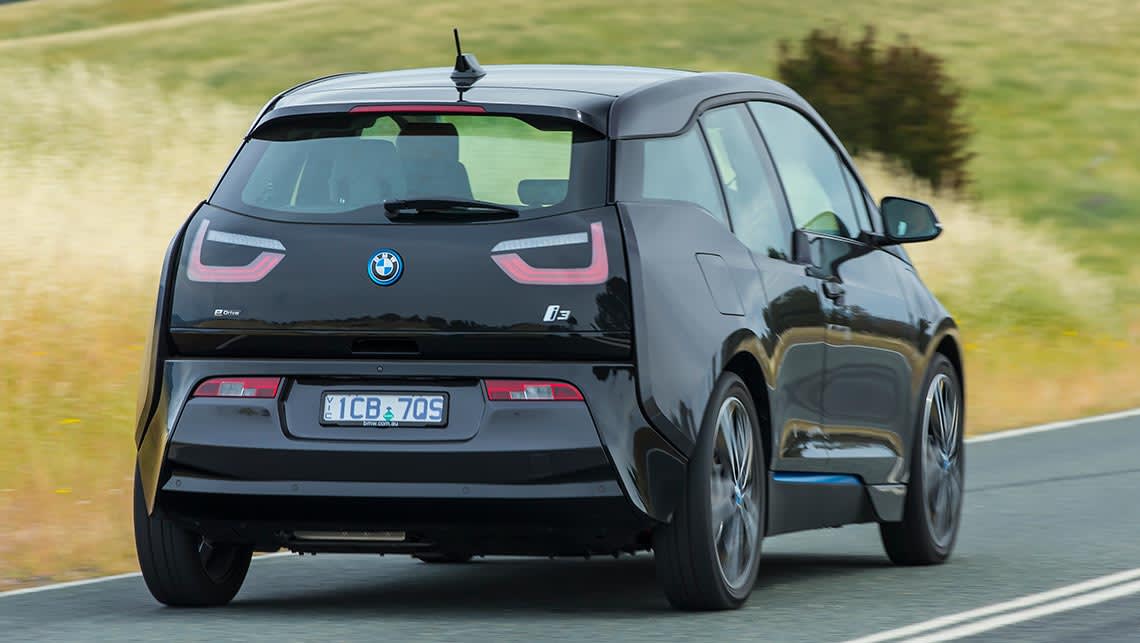 2014 BMW i3
2014 BMW i3
-
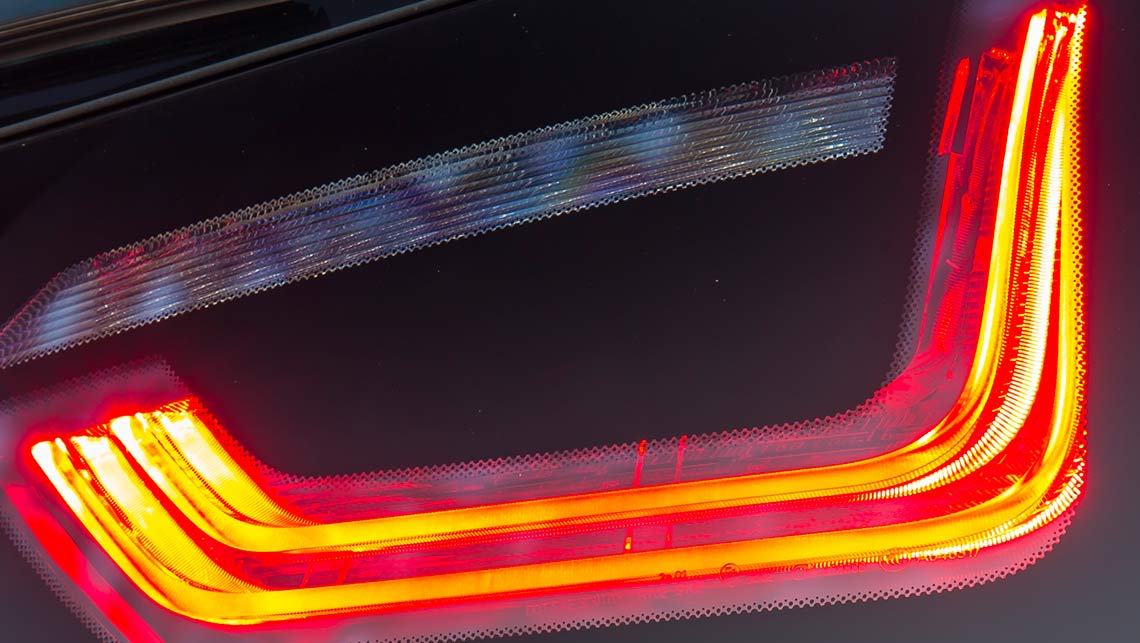 2014 BMW i3
2014 BMW i3
-
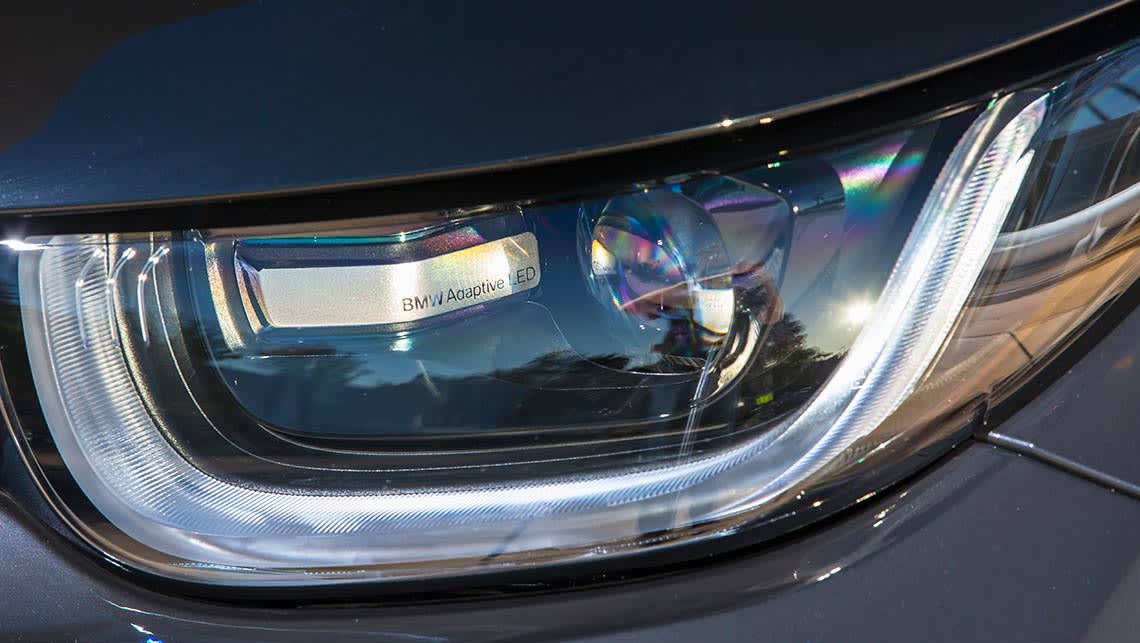 2014 BMW i3
2014 BMW i3
-
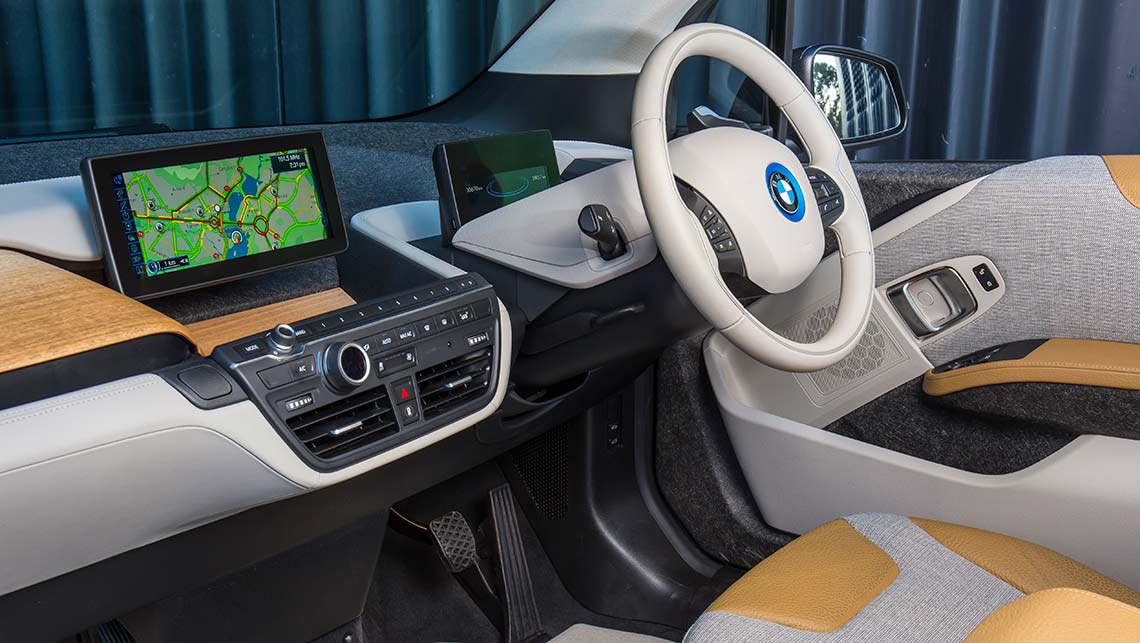 2014 BMW i3
2014 BMW i3
"Electric vehicles have attracted a great deal of interest and awareness regarding the sustainability question in multiple countries around the world and 18,000 BMW I vehicles were delivered internationally in 2014," Fletcher says.
"The administrations of these international countries have supported the awareness of alternative fuel and low emission vehicles by providing tax relief and a range of incentives for potential owners. Unfortunately, that has not been the case in Australia."
PHEV is a more suitable fit for the Australian environment
The Mitsubishi i-MiEV was the first pure EV to go on sale here in 2010. It quietly disappeared again in 2013 with just 227 sales.
Mitsubishi spokeswoman Shayna Welsh says the company is now waiting on more advanced battery technology before pursuing local EV sales.
"From experience we've found PHEV is a more suitable fit for the Australian environment," she notes.
The Nissan Leaf isn't faring much better but there are no plans to stop selling the vehicle, which now costs $39,990 instead of the $51,500 price it launched with in 2011.
-
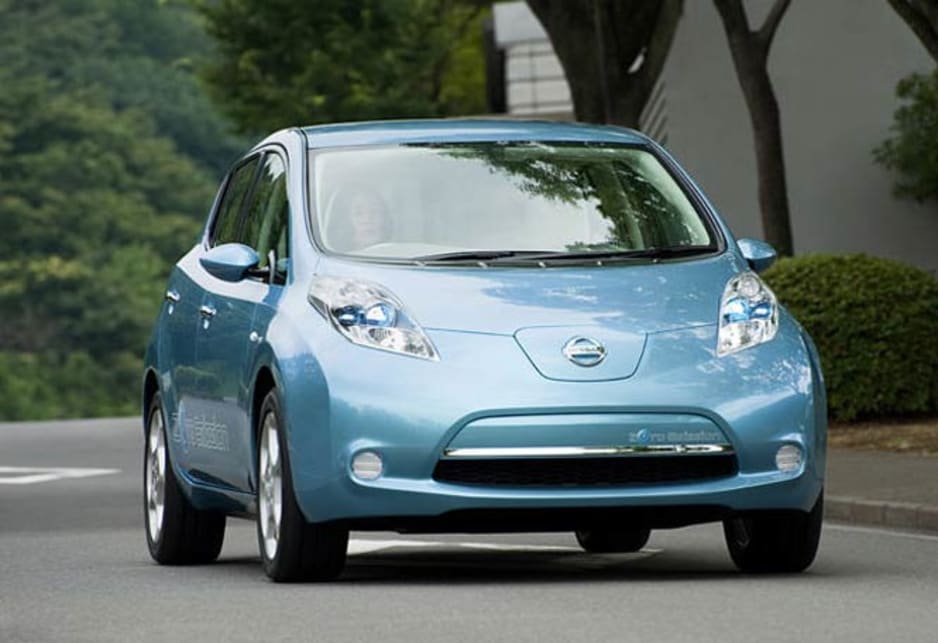 Nissan Leaf
Nissan Leaf
-
 Nissan Leaf
Nissan Leaf
-
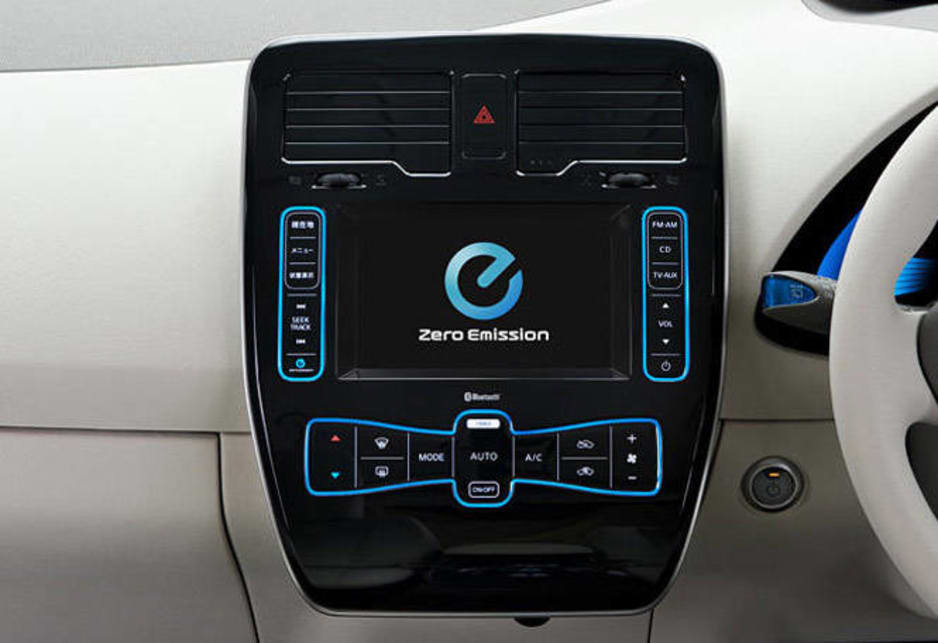 Nissan Leaf
Nissan Leaf
-
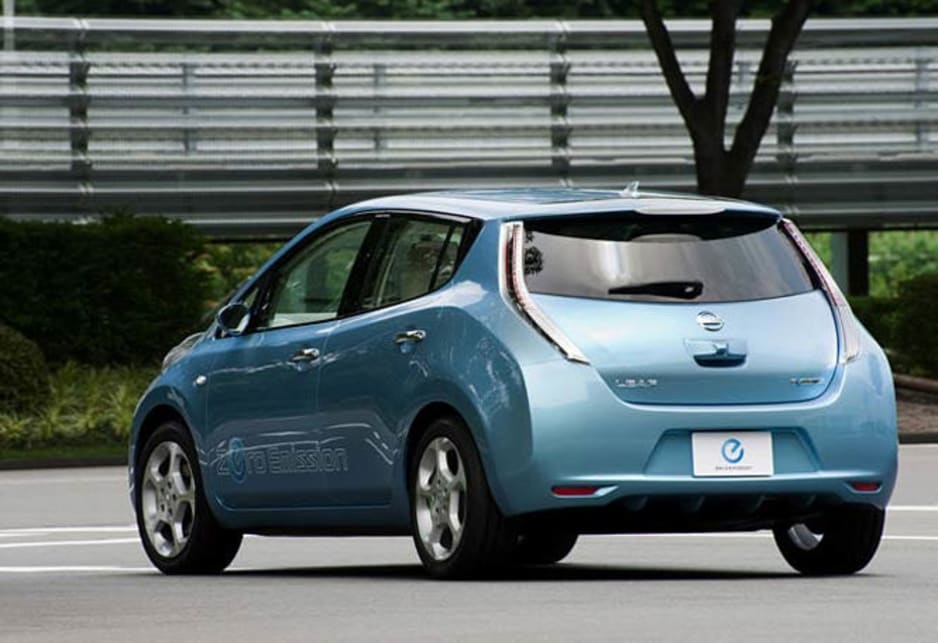 Nissan Leaf
Nissan Leaf
-
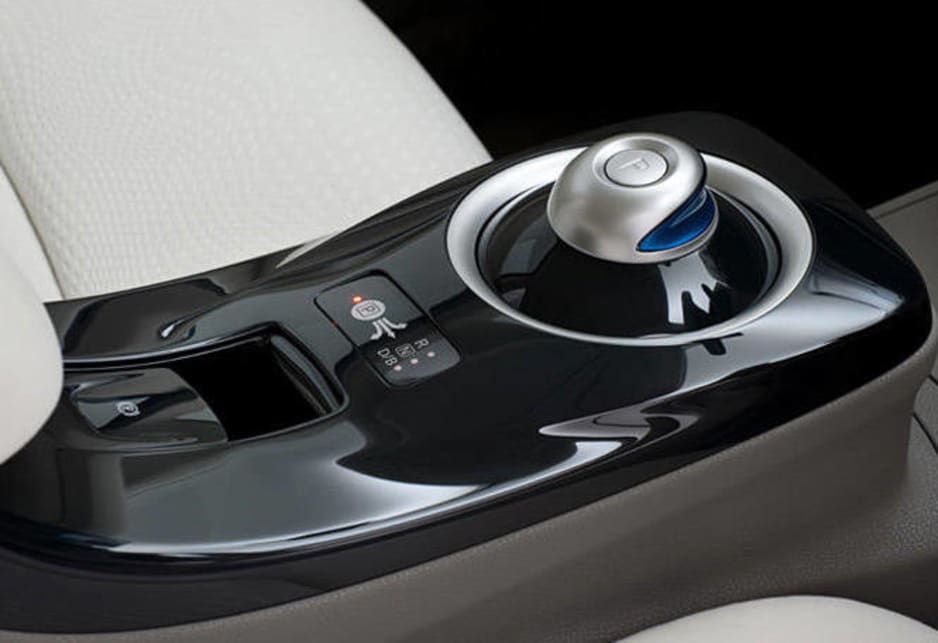 Nissan Leaf
Nissan Leaf
-
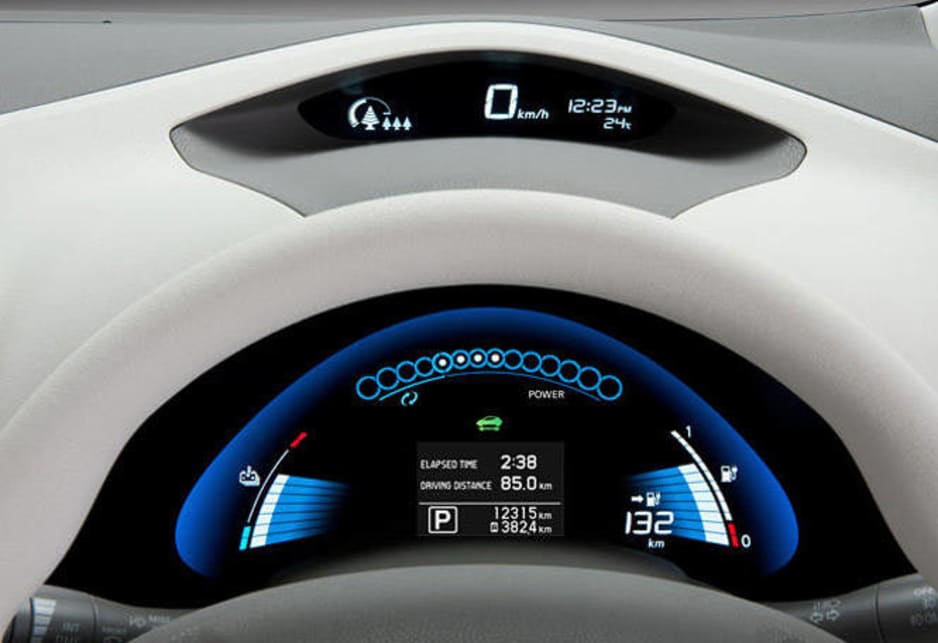 Nissan Leaf
Nissan Leaf
-
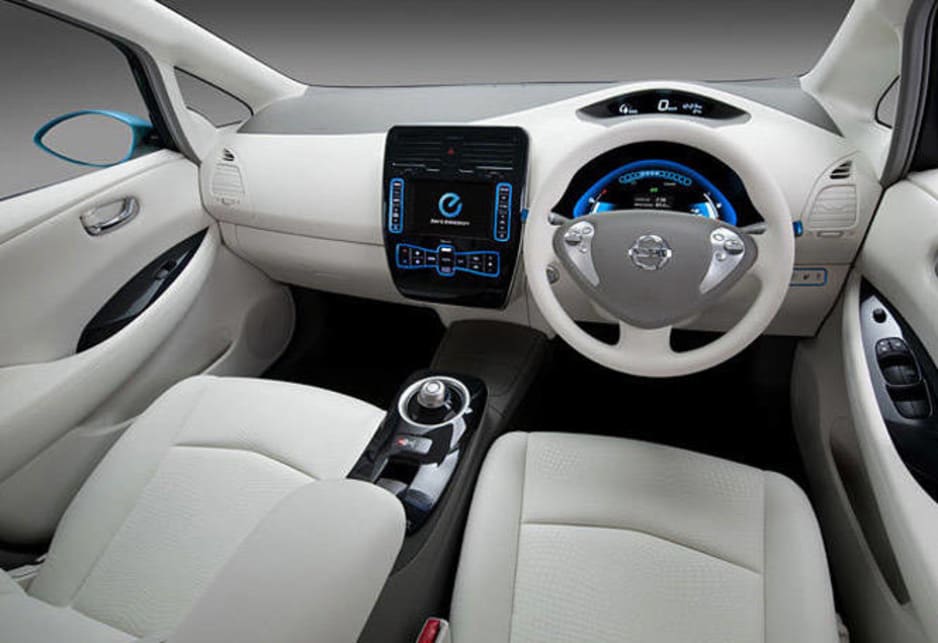 Nissan Leaf
Nissan Leaf
-
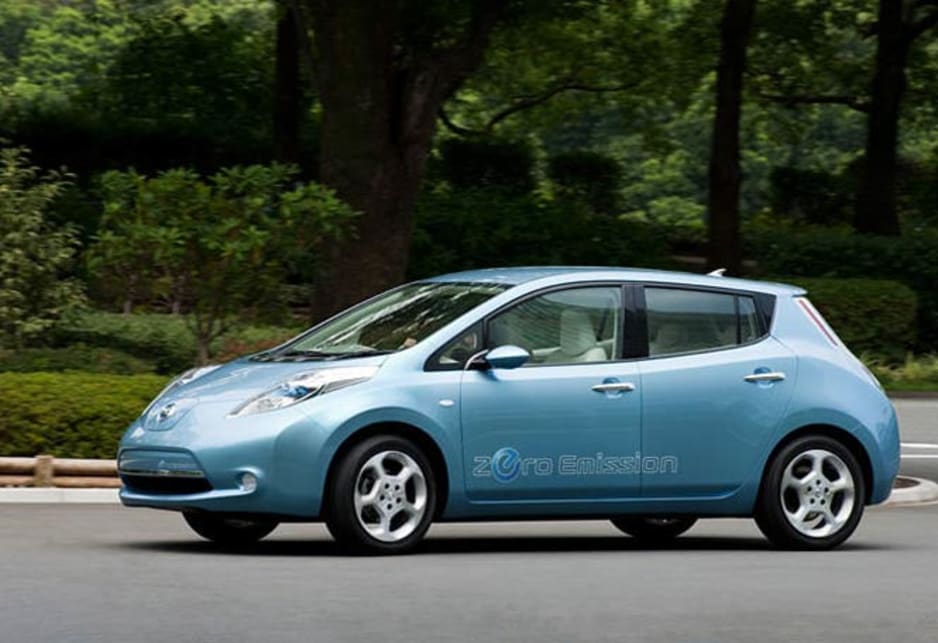 Nissan Leaf
Nissan Leaf
-
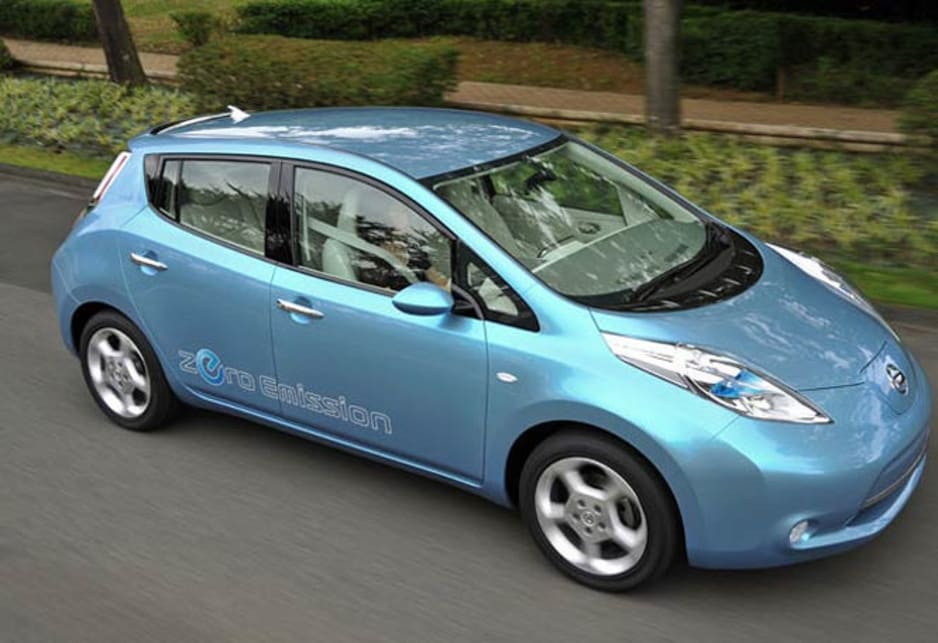 Nissan Leaf
Nissan Leaf
-
 Nissan Leaf
Nissan Leaf
Just 173 cars found homes in 2014, a dip of eight per cent from the previous year and bringing the total number sold since 2011 to 457.
Nissan spokesman Peter Fadeyev says the Leaf is still an important part of the line-up.
"Countries such as the USA and Japan are well ahead of Australia when it comes to providing the infrastructure and incentives to encourage people to buy electric vehicles and this situation needs to change in Australia," he says.
Hybrid sales have also stalled
Range-extenders such as the Holden Volt have also failed to excite the public's purchasing interest. Holden has yet to determine if the next generation Volt will be sold here, but sources suggest it won't.
"We've developed the business case but have no announcement as yet, Holden spokeswoman Kate Lonsdale says.
"The Volt was always going to be a niche product … it has been a showcase of the latest technology and from that point of view Holden has been pleased with the car's reception."
Holden sold 58 Volts last year, down from 101 in 2013.
Hybrid sales have also stalled. There were 11,950 sold in 2014 — just a single car more than the previous year. Of those, only 3400 went to private buyers, with the rest finding their way into company fleets.
Sales dipped for all three of Toyota's Prius variants, while sales of the hybrid Camry also fell.
Doing the sums
The BMW i3 has 18.8kWh of usable capacity and early testing indicates a 130km range in the default Comfort mode.
Based on average CO2 power emissions/kWh, sourced from www.environment.gov.au, completely recharging the battery will result in emissions of 22.2kg in Victoria, 16.2kg in NSW/ACT, 15.2kg in Queensland, 14.3kg in WA, 12.8kg in the NT, 11.5kg in SA and 3.8kg in Tasmania.
BMW's 118i hatch has comparable size and acceleration and the 1.6-litre turbo engine uses 16.9kg of CO2 to travel the same distance. It costs $43,000 against $63,900 for the i3. Opt for the diesel-powered 118d and emissions drop to 15.5kg over 130km.




















































Comments